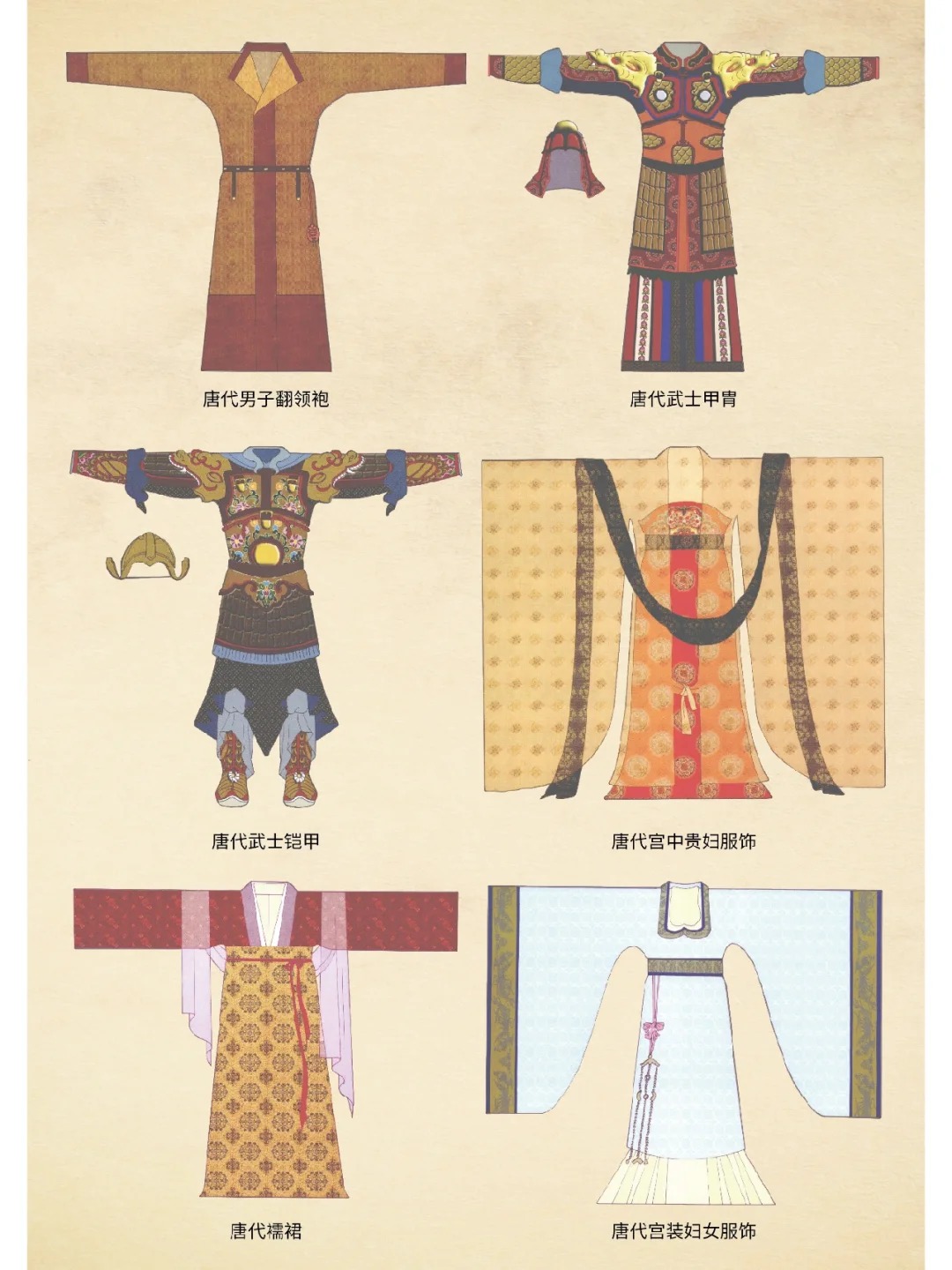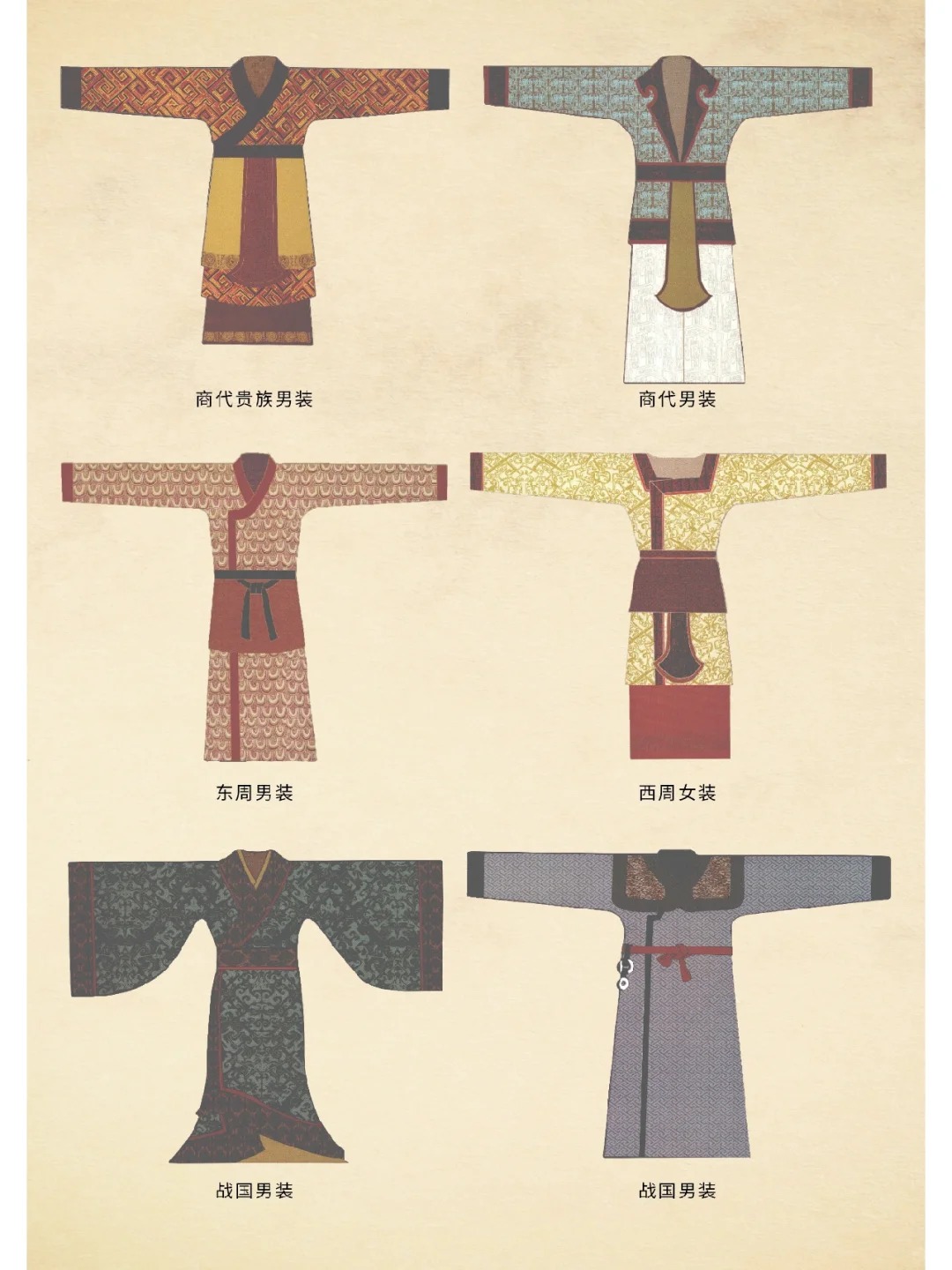Introduction to Hanfu
Hanfu (汉服), the traditional clothing of the Han Chinese, represents over three millennia of sartorial history. This elegant attire, characterized by its flowing robes and intricate designs, fell out of daily use centuries ago. However, in recent years, Hanfu has experienced a remarkable resurgence, capturing the imagination of young Chinese and cultural enthusiasts worldwide.
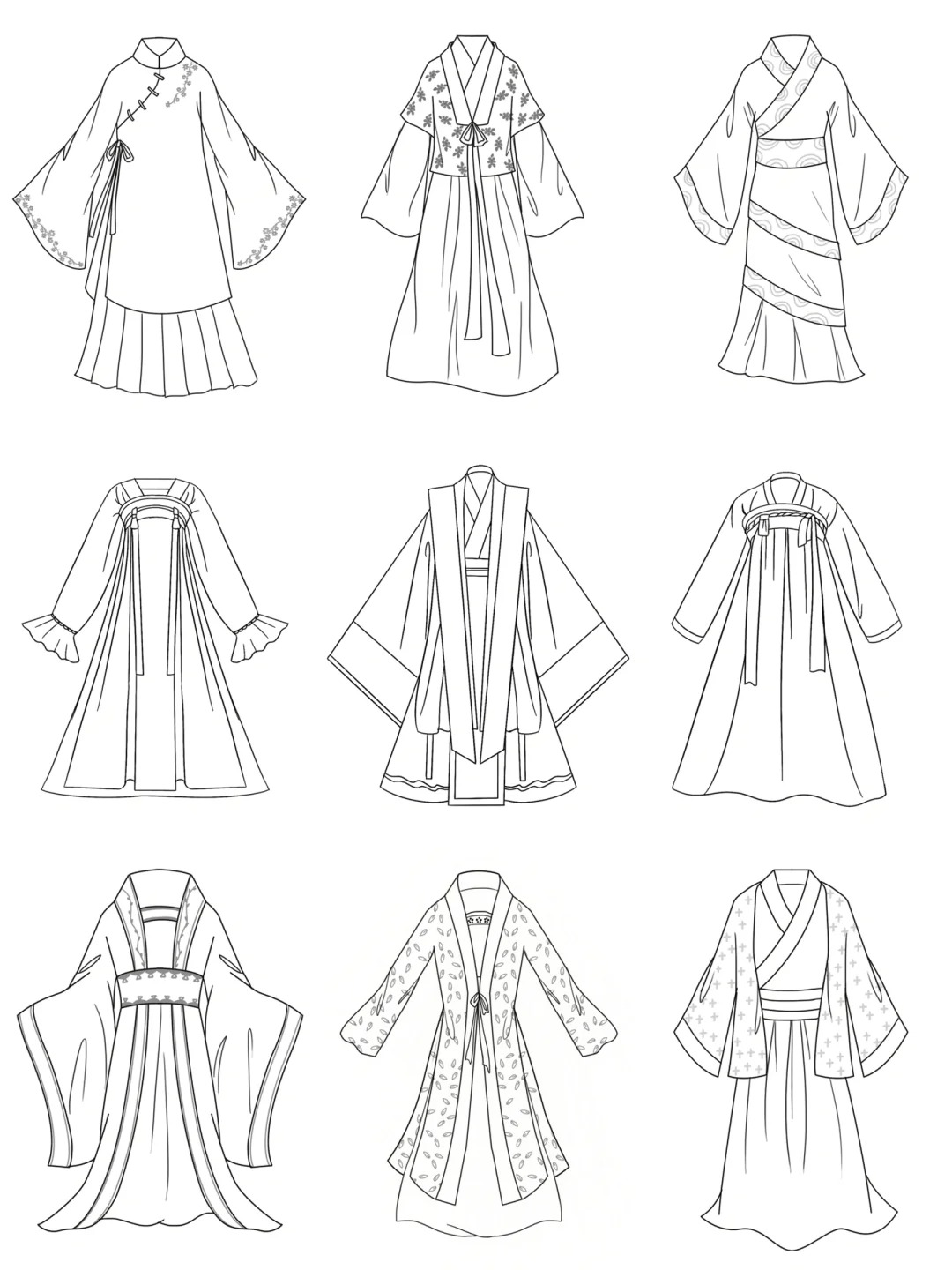
Historical Evolution of Hanfu
The origins of Hanfu can be traced back to the legendary Yellow Emperor’s reign, around 2700 BCE. Throughout China’s dynastic history, Hanfu evolved, reflecting changing aesthetic preferences and social norms:
| Dynasty | Period | Key Developments in Hanfu |
|---|---|---|
| Zhou | 1046-256 BCE | – Establishment of basic Hanfu styles – Introduction of the concept of “yi” (upper garment) and “shang” (lower garment) – Use of silk becomes more common among nobility |
| Han | 202 BCE-220 CE | – Refinement of designs – Widespread use of silk in Hanfu production Introduction of the “shenyi,” a one-piece robe |
| Tang | 618-907 CE | – Peak of Hanfu’s opulence and diversity – Influence from Central Asian styles – Women’s fashion becomes more revealing and colorful – Introduction of “hufu” (foreign-style clothing) |
| Song | 960-1279 CE | – Return to more conservative styles – Emphasis on simplicity and elegance – Popularity of dark colors and simple patterns |
| Ming | 1368-1644 CE | – Last era of widespread Hanfu use – Standardization of official dress codes – Increasing complexity in women’s hairstyles and accessories |
| Qing | 1644-1912 CE | – Manchu styles replace Hanfu as official dress – Han Chinese forced to adopt Manchu hairstyles – Hanfu preserved mainly in scholarly and artistic circles |
Key Elements and Styles of Hanfu
Hanfu comprises several essential components:
| Component | Description |
|---|---|
| Yi (衣) | Upper garment, often cross-collared |
| Chang (裳) | Lower garment, usually a skirt or trousers |
| Bixi (蔽膝) | Decorative cloth hung from the waist |
| Dai (带) | Sash or belt to secure the garments |
Styles vary based on gender, social status, and occasion:
- Men’s Hanfu: Typically includes a long robe or jacket with trousers
- Women’s Hanfu: Often features a blouse paired with a long skirt
- Imperial Hanfu: Elaborate designs with dragon motifs and specific colors
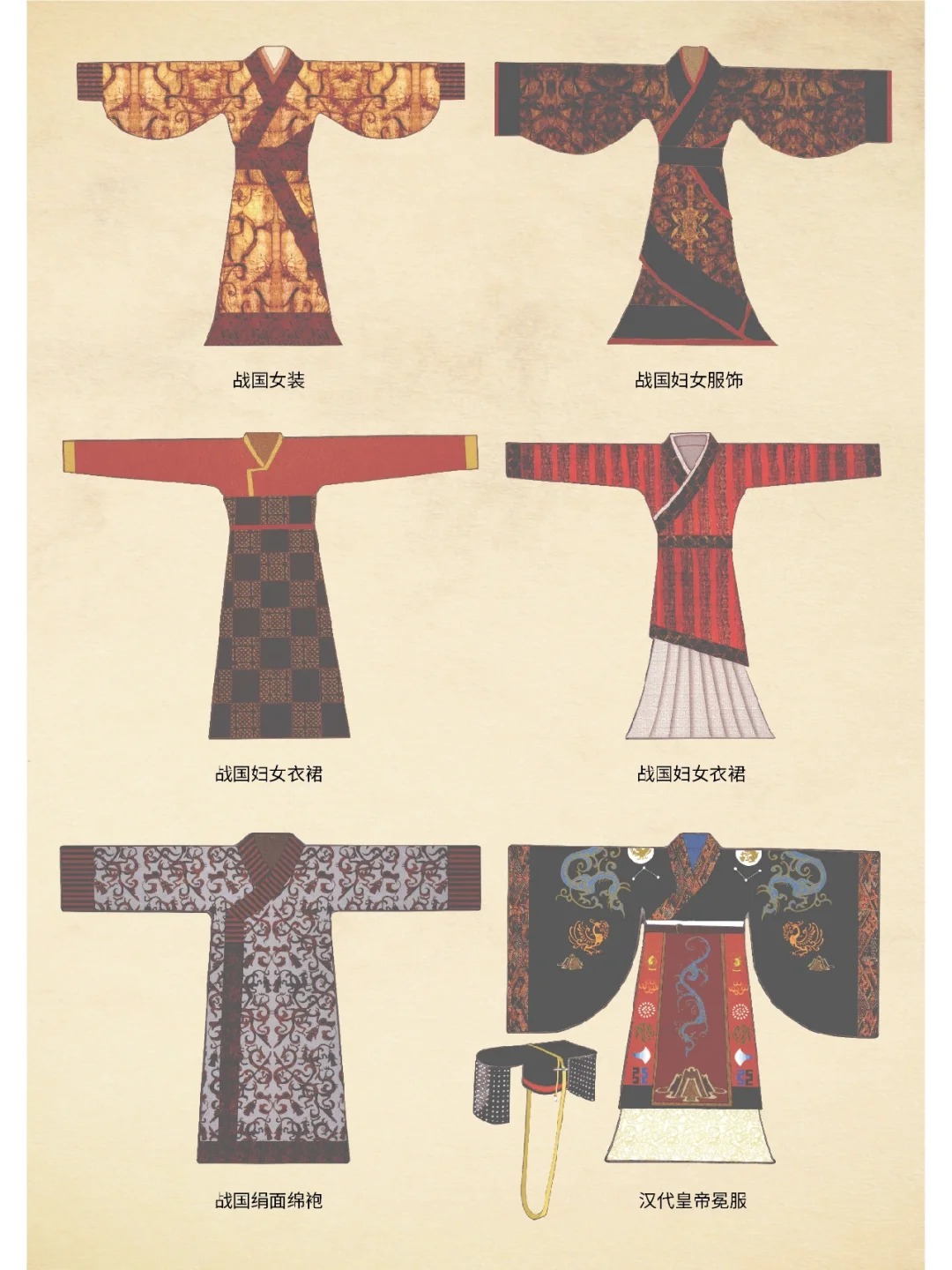
Cultural Significance of Hanfu
Hanfu played a crucial role in traditional Chinese customs and rituals:
- Coming of Age Ceremonies: Special Hanfu styles marked transition to adulthood
- Weddings: Bride and groom wore intricately designed Hanfu
- Seasonal Festivals: Specific Hanfu styles associated with various celebrations
Colors and designs in Hanfu carry deep symbolism:
- Red: Joy, good fortune
- Yellow: Imperial power (reserved for emperors)
- Blue: Spring, growth
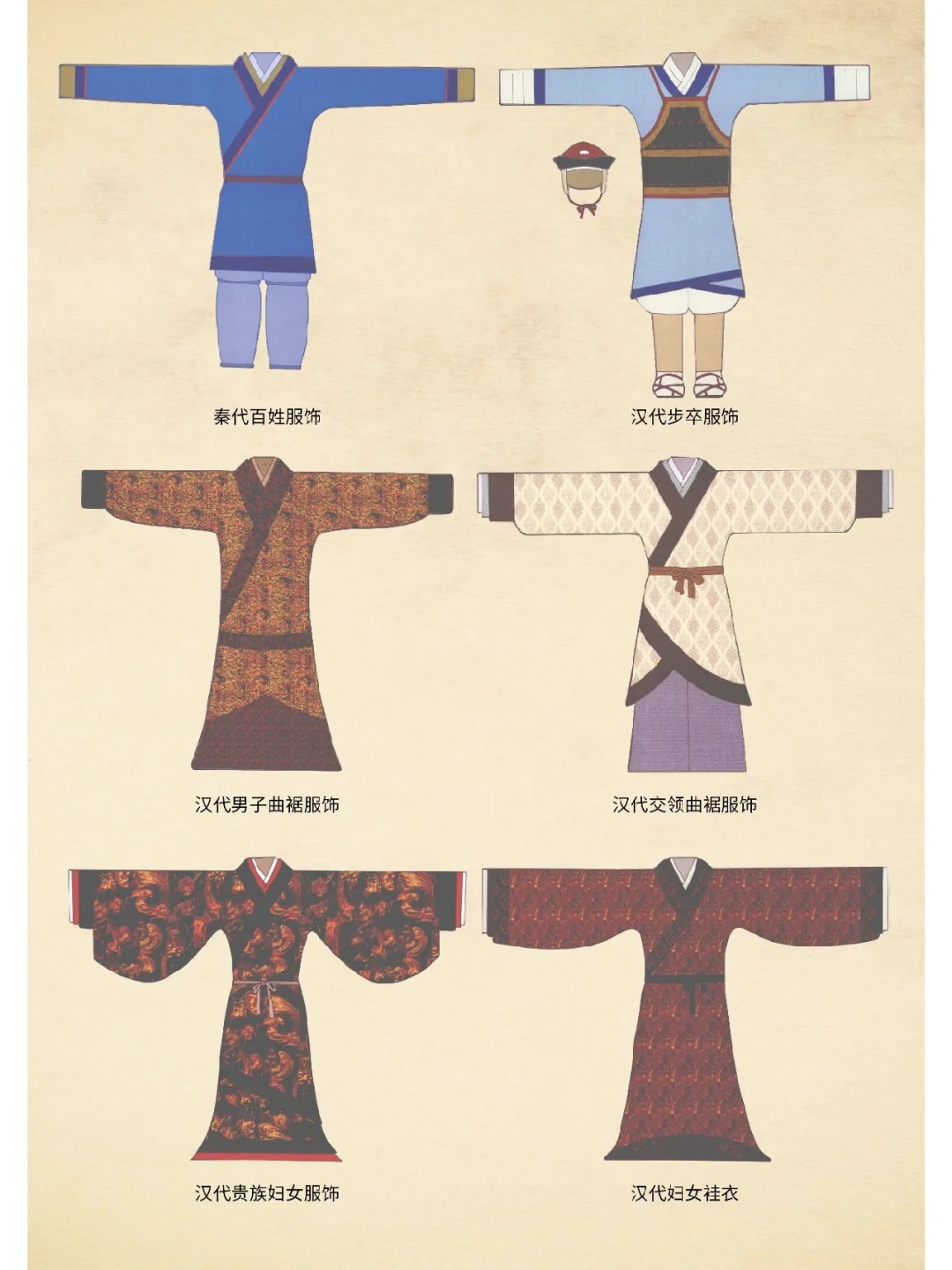
Hanfu in Modern China
The Hanfu revival movement, which began in the early 2000s, has gained significant momentum:
- Social Media: Platforms like Douyin (TikTok) popularize Hanfu
- Hanfu Associations: Groups organize events and promote cultural education
- Fashion Industry: Designers incorporate Hanfu elements into modern clothing
Many young Chinese now wear Hanfu for special occasions or as a fashion statement, bridging ancient traditions with contemporary life.
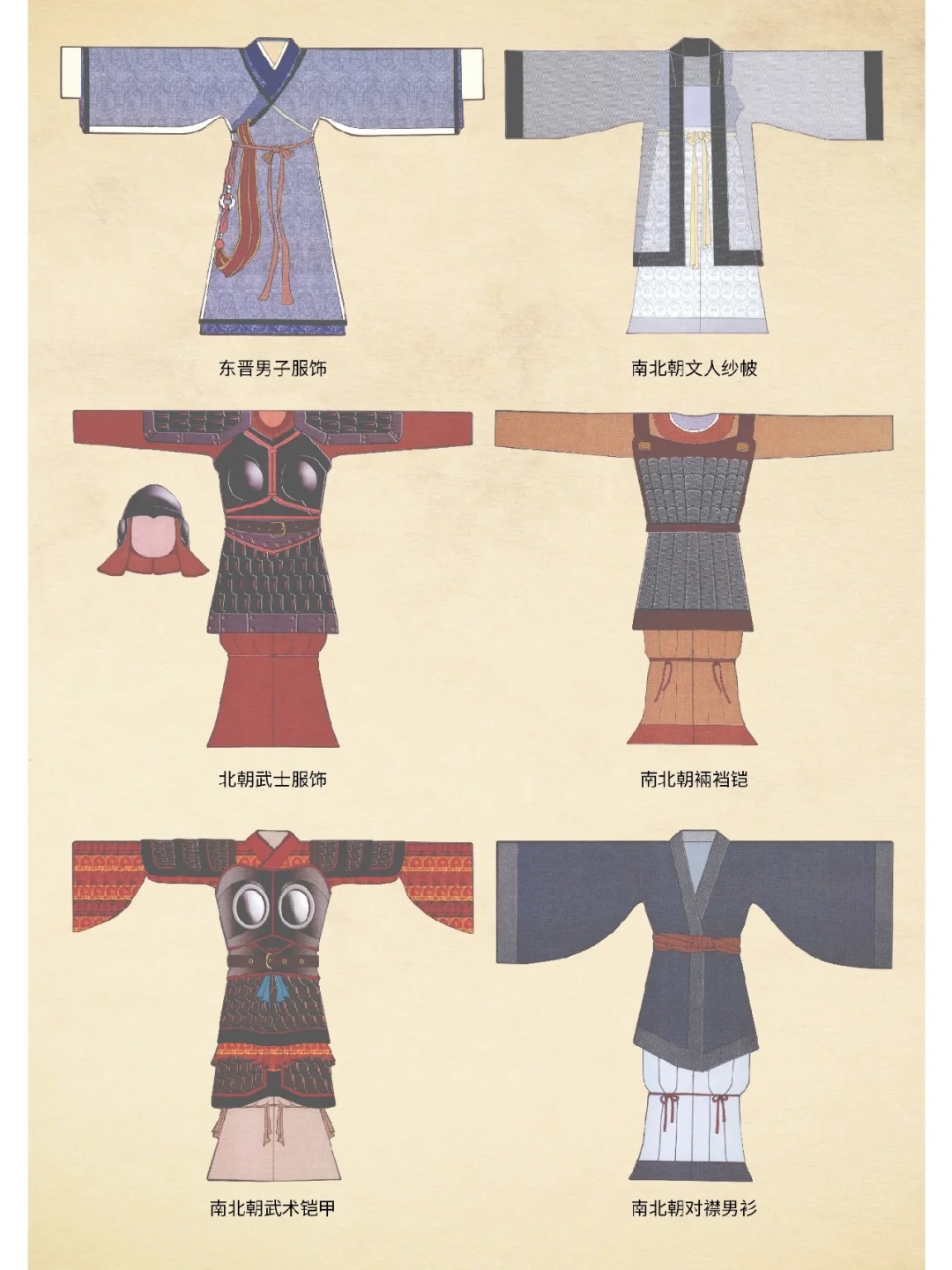
Experiencing Hanfu as a Traveler
Visitors to China can immerse themselves in the Hanfu culture:
- Rental Services: Many tourist sites offer Hanfu rental for photo opportunities
- Hanfu Experience Centers: Try on various styles and learn about their history
- Festivals: Attend events like the Xitang Hanfu Cultural Festival
When wearing Hanfu, travelers should observe cultural etiquette:
- Respect the cultural significance of the attire
- Learn basic wearing techniques to avoid improper display
- Be mindful of mixing Hanfu with modern accessories
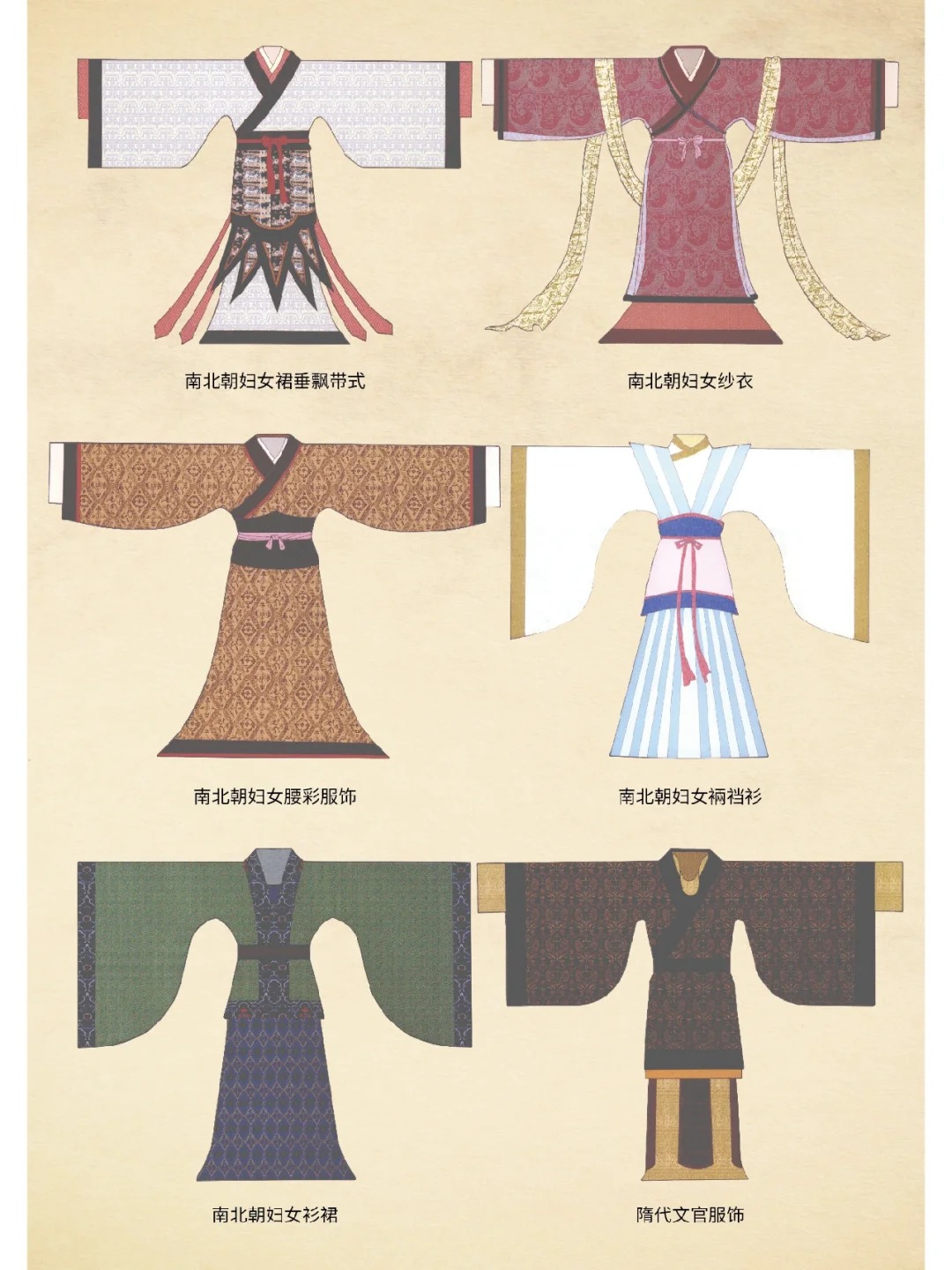
Impact of Hanfu on Tourism and Cultural Exchange
Hanfu has become a unique draw for cultural tourism in China:
- Historical Sites: Many now offer Hanfu-themed tours and photoshoots
- Cultural Workshops: Learn about Hanfu making and wearing techniques
- International Events: Hanfu showcases at global cultural festivals
This resurgence not only boosts domestic tourism but also serves as a powerful tool for cultural diplomacy, offering a tangible connection to China’s rich heritage.
In conclusion, the revival of Hanfu represents more than just a fashion trend. It embodies a renewed interest in traditional Chinese culture, providing both locals and international visitors with a unique window into China’s illustrious past. As Hanfu continues to gain popularity, it promises to play an increasingly significant role in cultural preservation, tourism, and global cultural exchange.
